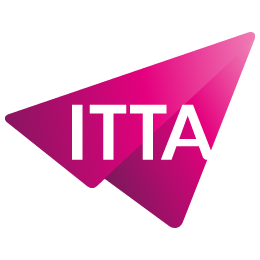Home > Trainings > Office Automation > Office Automation Certifications > ICDL BASE – Online Essentials – BM2
Web Browsing Concepts
Module 1: Key Concepts
Module 2: Security and Safety
Web Browsing
Module 1: Using the Web Browser
Module 2: Tools and Settings
Module 3: Bookmarks
Module 4: Web Outputs
Web-Based Information
Module 1: Search
Module 2: Critical Evaluation
Module 3: Copyright, Data Protection
Communication Concepts
Module 1: Online Communities
Module 2: Communication Tools
Module 3: E-mail Concepts
Using E-mail
Module 1: Sending E-mail
Module 2: Receiving E-mail
Module 3: Tools and Settings
Module 4: Organising E-mails
Module 5: Using Calendars
If you wish to take the exam, please contact our secretariat who will take care of the administrative procedures. The cost of the exam is not included in the price of this training.

Nous utilisons des cookies afin de vous garantir une expérience de navigation fluide, agréable et entièrement sécurisée sur notre site. Ces cookies nous permettent d’analyser et d’améliorer nos services en continu, afin de mieux répondre à vos attentes.
Monday to Friday
8:30 AM to 6:00 PM
Tel. 058 307 73 00
ITTA
Route des jeunes 35
1227 Carouge, Suisse
Monday to Friday, from 8:30 am to 06:00 pm.